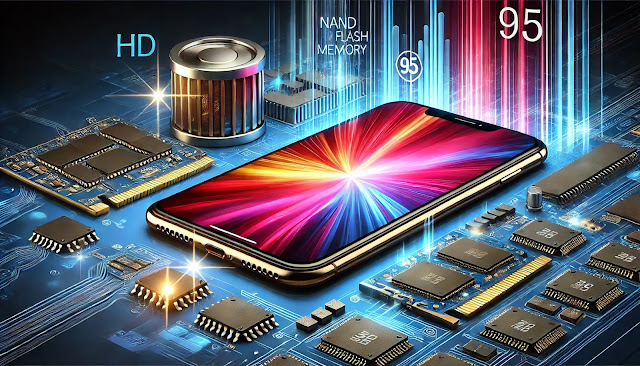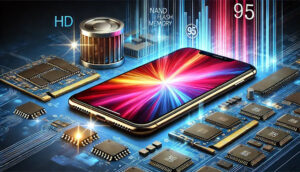Apple Considers Switching to QLC NAND for Future iPhones
Apple is reportedly considering a shift in its storage technology for future iPhone models, particularly the iPhone 16, by moving from Triple-Level Cell (TLC) to Quad-Level Cell (QLC) NAND flash memory. This transition is aimed at increasing storage capacity while potentially reducing costs.
What is QLC NAND?
QLC NAND allows for four bits of data to be stored per memory cell, compared to three bits in TLC NAND. This increase in data density means that Apple could offer higher storage capacities, such as 2TB, without significantly increasing the physical size of the storage components. This could potentially make room for other components, such as larger batteries, or help in reducing the overall cost of the device.
Pros and Cons
While QLC NAND can help in reducing costs and increasing storage capacity, it comes with its own set of drawbacks. QLC NAND is generally less reliable than TLC NAND, with reduced endurance and slower write speeds. This means that while it is cheaper to produce and offers more storage, it might not perform as well as TLC NAND, particularly for tasks that require frequent writing of data.
If Apple decides to implement QLC NAND in its upcoming iPhone 16 models, it could lead to more affordable high-capacity iPhones. This would be a significant move, especially as Apple aims to stay competitive in the high-end smartphone market. However, the potential trade-offs in performance and reliability will need to be carefully managed to ensure consumer satisfaction (iMore).
The decision to switch to QLC NAND could be a strategic one for Apple, balancing cost, storage capacity, and performance. As with all technology upgrades, the real-world impact will be seen once the devices are in the hands of users.


